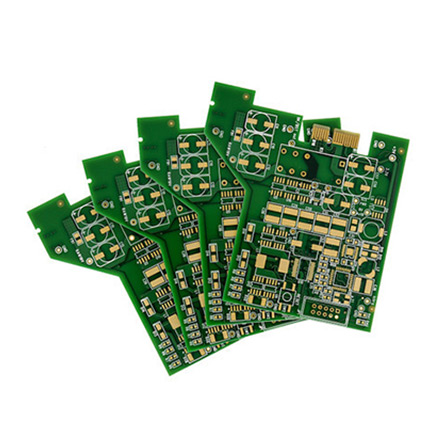

The Price of Heat Reflective Glass Understanding Its Value and Benefits
Heat reflective glass represents a significant advancement in architectural and design solutions, particularly when it comes to energy efficiency and thermal comfort in buildings. As energy costs continue to rise and environmental awareness grows, the demand for heat reflective glass is on the increase, leading to a focus on its pricing. Understanding the price range and factors affecting the cost of heat reflective glass can help consumers and architects make informed decisions based on their specific needs.
What is Heat Reflective Glass?
Heat reflective glass is a type of glazing material that is designed to reflect infrared radiation, thereby reducing heat transfer through windows. This characteristic not only contributes to a more comfortable indoor environment but also minimizes reliance on air conditioning systems, thus lowering energy costs. The glass is typically coated with a special film or treated during the manufacturing process to achieve its reflective properties.
The Price Range of Heat Reflective Glass
The price of heat reflective glass varies significantly based on several factors, including thickness, type, size, and the specific technology used to create the reflective surface. On average, the cost can range from $20 to $60 per square foot. However, prices can soar to $100 or more for high-performance products or custom specifications.
Factors Influencing the Price
1. Type of Coating The reflective coating's type directly influences the cost. Low-emissivity (Low-E) coatings, which provide superior thermal performance, tend to be more expensive but offer better energy savings in the long run.
2. Glass Thickness Thicker glass generally costs more. The added cost may be justified in terms of durability and noise reduction benefits.
3. Size and Shape Custom sizes and unique shapes can also impact the price due to increased manufacturing complexity and waste factors.

4. Supplier and Brand Different manufacturers may offer similar products at varying price points. Established brands may charge more due to their reputation and quality assurance.
5. Installation The overall cost must also factor in installation. Professional installation of heat reflective glass is recommended, which can also affect the total expenditure.
Benefits Justifying the Investment
While the initial investment in heat reflective glass may seem high, its long-term benefits can outweigh the upfront costs. Here are a few key advantages
1. Energy Savings By reflecting heat, these glass types help maintain indoor temperatures, reducing the need for heating and cooling. This can lead to substantial savings on energy bills, particularly in climates with extreme temperatures.
2. Comfort Heat reflective glass minimizes hot spots and glare, creating a more pleasant living and working environment. This is particularly beneficial in large commercial buildings or high-rise apartments.
3. Fading Reduction The glass helps to minimize UV radiation, which can cause fading in furniture, flooring, and art. This prolongs the lifespan of interior assets and can be a significant advantage for retail environments.
4. Environmental Impact Using heat reflective glass contributes to sustainable building practices. Lower energy consumption leads to reduced greenhouse gas emissions, aligning with global initiatives to combat climate change.
Conclusion
Investing in heat reflective glass can be a wise decision for homeowners, architects, and commercial builders looking to enhance energy efficiency while providing comfort and aesthetic appeal. While the initial price can be higher than standard glazing options, the long-term benefits and potential savings make it an attractive option. As the demand for energy-efficient solutions grows, prices might evolve, but the value offered by heat reflective glass is undeniable in the modern architectural landscape. By carefully considering the specific needs of a project alongside the associated costs, stakeholders can better appreciate how heat reflective glass can contribute to their success.